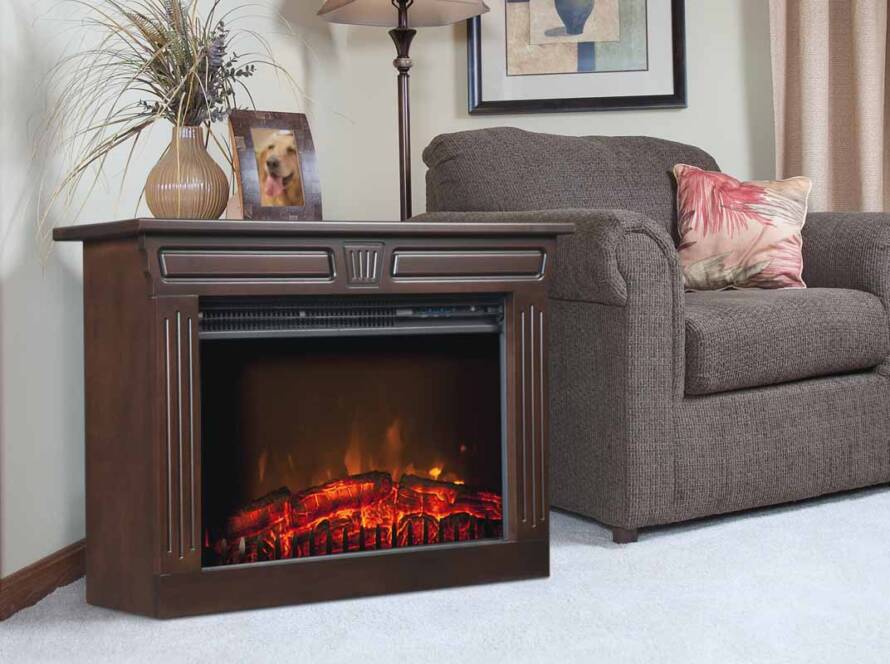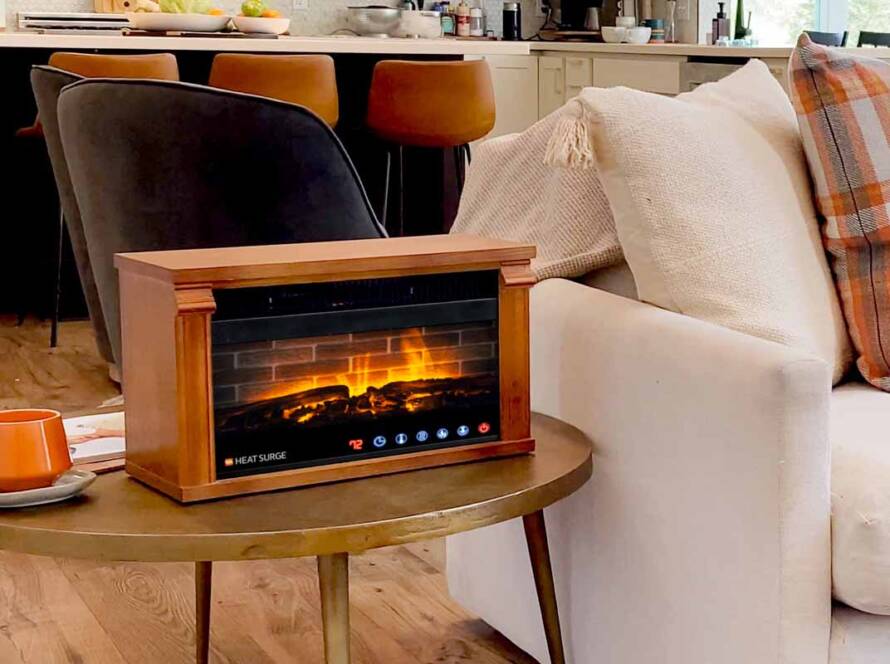Zone heating with portable heaters has gained significant traction in recent years as homeowners seek to reduce energy consumption and lower utility bills. By heating specific areas or zones in your home instead of the entire house, you can achieve significant savings on your monthly heating costs. Let’s explore the average monthly cost savings of zone heating and calculate potential savings for your home.
Understanding the Concept of Zone Heating
Zone heating involves strategically heating only the rooms you occupy, rather than maintaining uniform warmth throughout your entire home. This approach recognizes that not all areas of your home are used simultaneously or with the same frequency. By targeting your heating efforts, you can achieve substantial energy savings without compromising comfort.
Portable heaters, such as space heaters and radiant heaters, are ideal for zone heating. They allow you to easily direct heat where you need it and can be moved from room to room as your needs change.
Factors Affecting Potential Savings
Several factors impact the potential savings you can achieve with zone heating:
- Size and Insulation of Your Home: Larger, poorly insulated homes may experience greater heat loss, making them more suited to zone heating. Better-insulated homes, on the other hand, may still see significant savings but to a lesser extent.
- Heating Fuel Source: The type of fuel used to heat your home also affects potential savings. Homes heated with electricity may see more substantial savings from zone heating, as electric heaters generally have higher efficiency ratings than their fuel-burning counterparts.
- Occupancy Patterns: Homes with well-defined occupancy patterns, such as families with designated rooms for sleeping, working, or relaxing, can benefit more from zone heating. In these cases, targeted heating can focus on these frequently used spaces.
- Portable Heater Efficiency: The efficiency of your portable heaters will also impact potential savings. High-efficiency heaters with features like automatic shut-off, thermostat control, and overheat protection can help you achieve greater savings.
Calculating Average Monthly Cost Savings
To calculate the average monthly cost savings of zone heating, we’ll make some assumptions and perform a simple analysis. Keep in mind that these calculations are Estimates, and actual savings may vary based on individual home characteristics and heating patterns.
Assumptions:
- * Your home is 2,000 square feet with an average height of 8 feet, totaling 16,000 cubic feet of living space.
- * Your home is heated with electricity, using an electric furnace with an average efficiency of 90% (including transmission losses).
- * Your local electricity rate is $0.11 per kWh (kilowatt-hour).
- * Your home’s total heating demand is 70,000 BTU (British Thermal Units) per hour, equivalent to approximately 20 kW of heat output.
- * You use zone heating with portable electric heaters, focusing on three main occupancy areas: bedroom (600 sq. ft.), living room (800 sq. ft.), and home office (600 sq. ft.).
Unheated Home (Entire Home Heated) Monthly Cost:
- Calculate the average daily heating demand: 70,000 BTU/hour * 24 hours/day = 1,680,000 BTU/day or 478 kWh/day.
- Estimate the monthly heating cost: 478 kWh/day * 30 days/month = 14,340 kWh/month * $0.11/kWh = $1,577/month.
Zone Heating Monthly Cost:
- Calculate the area-specific heating demand and cost:
Bedroom: 600 sq. ft. / 2,000 sq. ft. * 70,000 BTU/hour = 21,000 BTU/hour, costing approximately 5.97 kWh/hour for 10 hours/day.
Living Room: 800 sq. ft. / 2,000 sq. ft. * 70,000 BTU/hour = 28,000 BTU/hour, costing approximately 7.98 kWh/hour for 8 hours/day.
Home Office: 600 sq. ft. / 2,000 sq. ft. * 70,000 BTU/hour = 21,000 BTU/hour, costing approximately 5.97 kWh/hour for 6 hours/day. - Calculate the total heating demand and cost of the zone-heated areas: (5.97kWh * 10hrs) + (7.98kWh * 8hrs) + (5.97kWh * 6hrs) = 159.36 kWh/day * 30 days/month = 4,781 kWh/month * $0.11/kWh = $525.91/month.
- Subtract the zone heating cost from the unheated home cost to find the potential monthly savings: $1,577/month – $525.91/month = $1,051.09/month.
Based on these assumptions, zone heating could result in an average monthly cost savings of approximately $1,051. Keep in mind that this is an overly simplified example calculation (including not running your home furnace at all, which we don’t recommend), and your potential savings may vary based on your home’s unique characteristics and heating patterns.
Additional Cost Savings Strategies
To maximize your zone heating savings, consider implementing these additional cost-saving strategies:
- Insulate Your Home: Improving your home’s insulation will help retain the heat generated by your portable heaters, reducing heat loss and further improving efficiency.
- Use Timers and Thermostats: Employing timers and thermostats on your portable heaters can help automate your heating strategy, ensuring your heaters run only as needed and minimizing wasted energy.
- Turn Down Central Heating: If your home uses a central heating system, set the thermostat to a lower temperature and supplement with portable heaters as needed. This can help reduce the workload on your primary heating system, lowering energy consumption and costs.
- Consider Hybrid Heating Systems: Combine electric heaters with a lower-cost heating source, like a heat pump or a fuel-burning furnace, to create a hybrid heating system. This strategy can help you balance comfort, efficiency, and cost.
Zone heating with portable heaters can offer significant monthly cost savings on your home heating expenses. By strategically focusing heat on the areas you most frequently occupy, you can reduce energy consumption and lower utility bills. While individual savings will vary based on various factors, homeowners can expect to see considerable monthly cost savings with zone heating.
To maximize your savings, consider improving your home’s insulation, automating your heating strategy with timers and thermostats, and exploring hybrid heating systems. By embracing zone heating and implementing these additional cost-saving strategies, you can reduce your environmental impact and enjoy a warmer, more comfortable home while keeping more money in your pocket.

